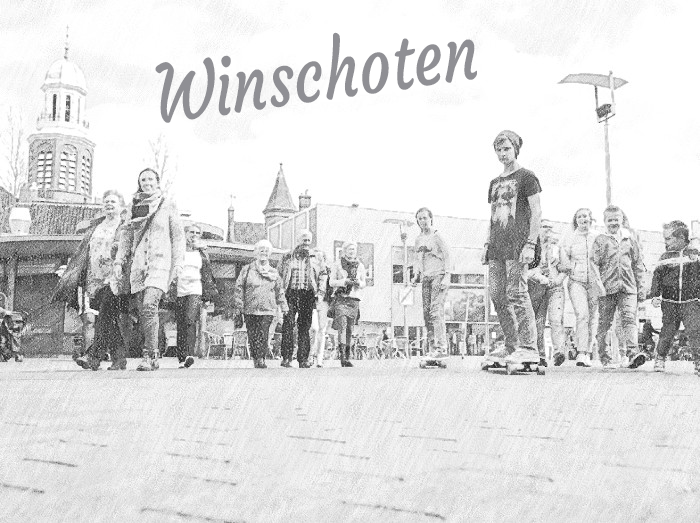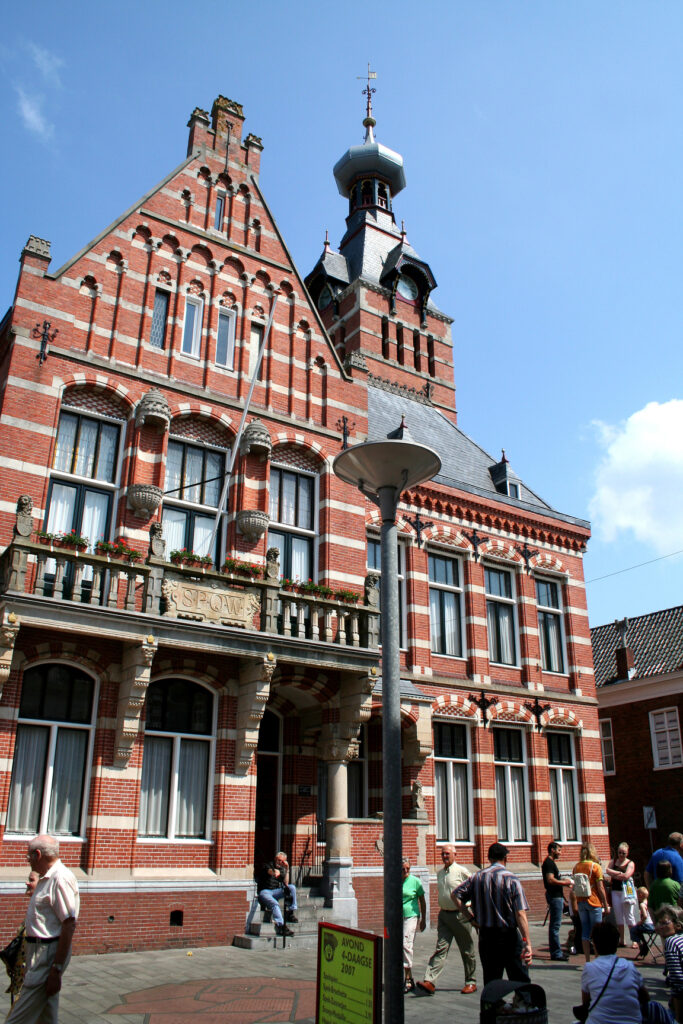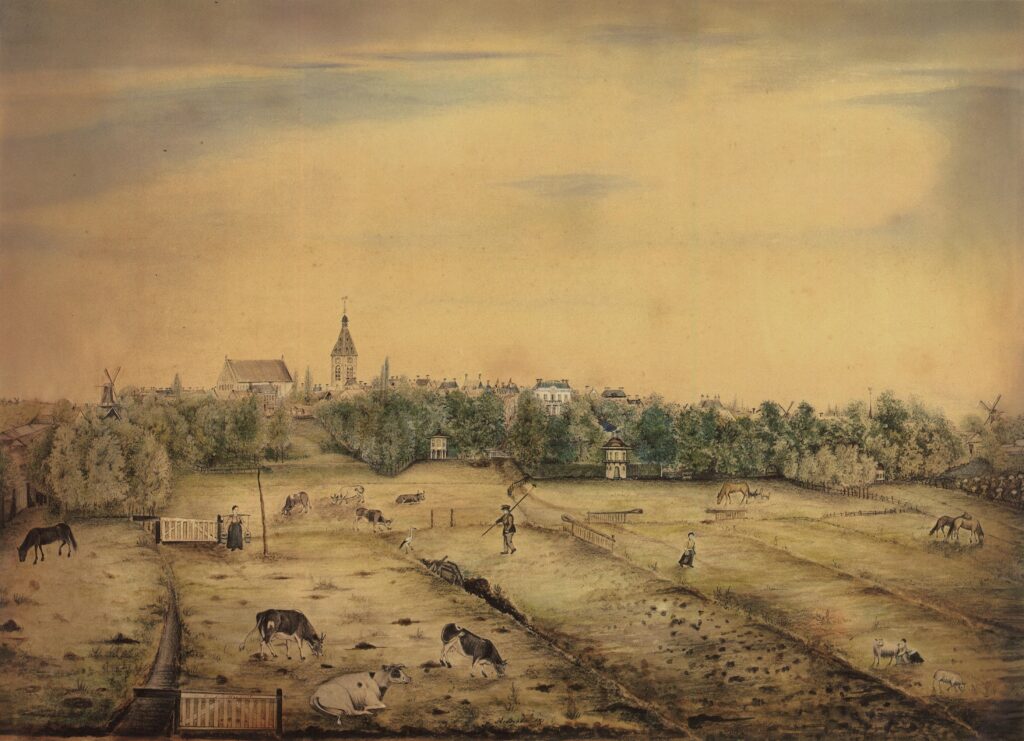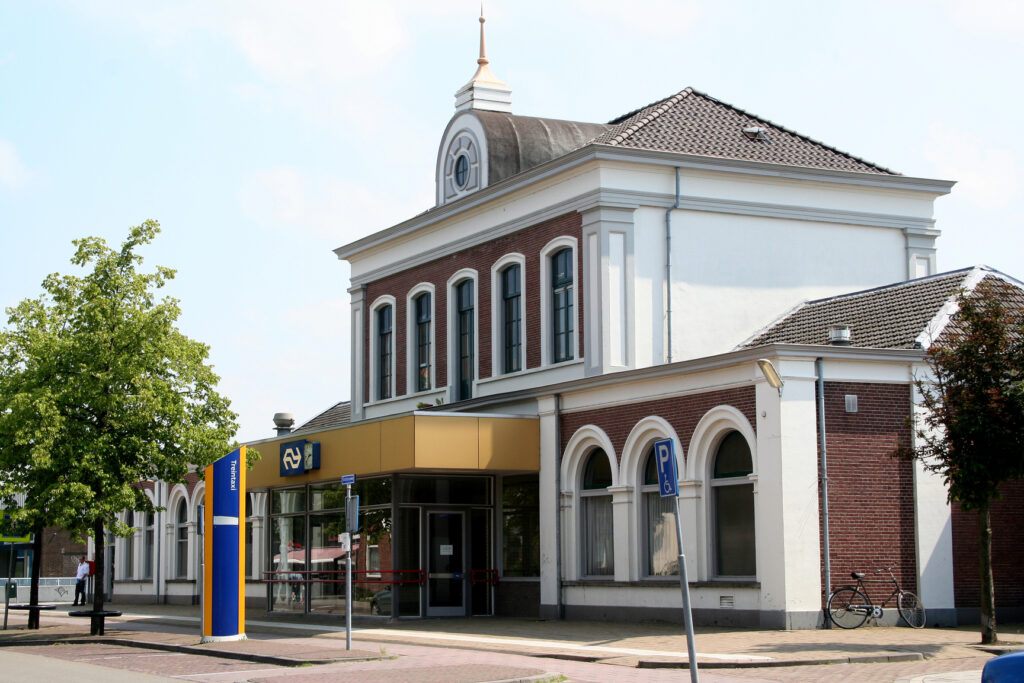
the 'Oldambtster toren,' stands proudly as a testament to its heritage
Winschoten is a hidden gem that captivates visitors with its rich history, picturesque landscapes, and vibrant culture. With a population that embraces both tradition and modernity, this charming town offers an authentic Dutch experience that leaves a lasting impression.
Winschoten boasts a medieval past, evident in its well-preserved architecture and cobbled streets. The town’s iconic clock tower, the ‘Oldambtster toren,’ stands proudly as a testament to its heritage. Visitors can stroll through the Marktplein, the central square, lined with cafes, boutiques, and local markets offering fresh produce and artisanal crafts.
The natural beauty surrounding Winschoten is equally alluring. Wander along the banks of the Winschoter Diep, a serene canal that meanders through the town. Nearby, the picturesque Blauwestad Lake offers a tranquil retreat for those seeking relaxation amid breathtaking scenery.
Winschoten’s community is known for its warmth and hospitality. Local festivals and events, such as the Rodeo Run and the Nacht van Winschoten, provide a taste of the town’s lively spirit and give visitors a chance to interact with the locals.
In essence, Winschoten effortlessly combines its historical allure with a contemporary charm, making it a destination that caters to all preferences. Whether you’re an architecture enthusiast, a nature lover, or someone seeking an authentic cultural experience, Winschoten promises an unforgettable journey into the heart of Dutch culture and tradition.
town hall

Stadhuis Winschoten, located in the heart of Winschoten, Netherlands, is a historic town hall that stands as a testament to the region’s rich architectural heritage. Built in the Neo-Renaissance style in 1896, this municipal building boasts intricate detailing and a distinctive clock tower, making it a prominent landmark. The Stadhuis serves not only as a functional administrative center but also as a cultural symbol, reflecting the town’s proud history. Visitors can admire the impressive facade, explore its well-preserved interiors, and appreciate the blend of artistry and functionality that defines Stadhuis Winschoten. It remains a cherished icon in the town’s landscape.

The origin of the name Winschoten is not known, but there are nicknames associated with it. One of them is Milltown. It has also been known as Sodom since time immemorial. This name came from the Jewish community that was shocked by the immoral behavior of their non-Jewish neighbors. The residents are also called Tellerlikkers (plate lickers).

Watercolour by Sunday painter Herman Braak of the city of Winschoten in 1854. View from the north. Visible are the sawmill of Post (left, demolished in 1895), the Market Square Church, the (later demolished) Oldambtster Inn, the tower in the Torenstraat, the Catholic church in the Langestraat (Wittevrouwenstraat, house with small tower, hidden church, replaced in 1880 by the St. Vitus Church), the Trading House, the white house of the Freseman Viëtor family (disappeared), various tea domes (later demolished) and the flour mill Edens. The tea dome in the front right was the summer house of Berend Haitzema Viëtor.
Railway Station

Winschoten Railway Station, stands as a testament to the region’s rich history and modern connectivity. Serving as a vital transportation hub, the station seamlessly blends historic charm with contemporary efficiency. Travelers are greeted by a blend of traditional architecture and modern amenities, ensuring a pleasant journey. Winschoten Railway Station is not merely a transit point; it encapsulates the spirit of the town, offering a gateway to exploration and connection. With its strategic location and welcoming atmosphere, Winschoten Railway Station exemplifies the harmonious coexistence of past and present in this vibrant Dutch community.

The coat of arms of Winschoten depicts Saint Vitus. In the Middle Ages, Winschoten and the surrounding area were part of Corvey Abbey. In this abbey the relics of this Sicilian saint are kept. In the fourth century A.D., he was murdered because of his faith.
In Winschoten there are many reminders of this saint, including the St. Vitusstraat, the hamlet ‘Sint Vitusholt’, the scouting group St. Vitus, R.C. Primary School St. Vitus, Kegel Vereniging HKC St. Vitus and the R.C. Parish Church of St. Vitus.
flour mill

The Edens flour mill is the oldest mill in Winschoten and also the oldest mill in the province of Groningen.
The mill was probably built in 1763 as a hulling mill and later also as a flour mill. Now only the grinding mechanism is still present. The mill was raised in 1870. In 1985 the mill was extensively restored and has been in operation on a voluntary basis ever since. Because of the mill protection zone established around the mill to protect the free windage of the mill, the then owner of the mill, the municipality of Winschoten, raised the mill by three meters in 2006. This happened because an apartment complex in the vicinity of the mill took some of the wind out of the blades. In addition to being the oldest surviving mill in the province of Groningen, this mill is now also the tallest. Together with the other two windmills Berg and Dijkstra, the mill is an important landmark in the ‘Mill City’ of Winschoten. The current owner is the municipality of Oldambt into which Winschoten was merged in 2010.










